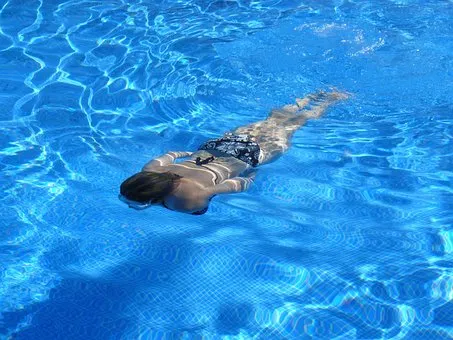Total cholesterol is a combination of low-density lipoprotein (LDL), which is bad cholesterol, and high-density lipoprotein (HDL), which is your good cholesterol. If you have high cholesterol, you run the risk of developing plaque inside your arteries, which can cause a heart attack or stroke. To build good cholesterol levels, several steps can be taken that involve diet, lifestyle and activity levels.

Step 1
Clean up your diet. Foods high in saturated fat, cholesterol, trans fat and refined sugars can increase bad cholesterol while simultaneously lowering your good cholesterol. Avoid deep-fried foods, fast food, eggs, processed meats, cakes, cookies, candy and high-fat dairy products. Make sure to read ingredient labels closely and avoid any products that have partially or fully hydrogenated oils in them.
Step 2
Give up smoking, an addictive habit that can take its toll on your lungs, damage blood vessels and lower your good cholesterol levels. If you smoke, quit. If you do not, don't start. Also avoid secondhand smoke.
Step 3
Become more physically active. Exercise is known for the many benefits it can offer the body such as improved range of motion, stronger bones, better brain function and higher immunity. It can also help boost your good cholesterol. Aim for 30 minutes of moderate exercise daily. Examples of things you can do include brisk walking, biking, swimming, running, elliptical training, stair stepping and rowing.
Step 4
Have one drink a day. When you drink high amounts of alcohol on a regular basis, your liver and brain can suffer damage. But according to Johns Hopkins Medicine, consuming one daily alcoholic beverage can increase HDL cholesterol by about 4 mg/dL. This goes for any form of alcohol.
Step 5
Lose excess weight. Being overweight is a risk factor for many chronic conditions, such as diabetes, high blood pressure, arthritis and cancer. It can also lower your HDL cholesterol levels. According to the Mayo Clinic, for every two pounds you lose, your HDL may increase by .35 mg/dL. To lose a pound of weight a week, decrease your daily intake by 500 calories.
Step 6
Get on a medication. If you have tried lifestyle modifications, and your HDL levels are still low, talk to your doctor about a prescription medication to increase them. Fibrates, statins and niacin are examples of these.